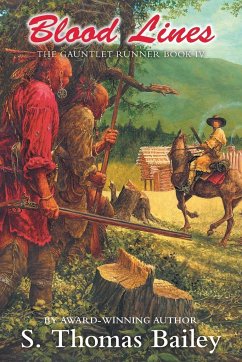It is one thing to draw a line in the sand but another to enforce it. In this innovative new work, Jessica Lauren Taylor follows the Native peoples and the newcomers who built and crossed emerging boundaries surrounding Indigenous towns and developing English plantations in the seventeenth-century Chesapeake Bay. In a riverine landscape defined by connection, Algonquians had cultivated ties to one another and into the continent for centuries. As Taylor finds, their networks continued to define the watery Chesapeake landscape, even as Virginia and Maryland's planters erected fences and forts, policed unfree laborers, and dispatched land surveyors. By chronicling English and Algonquian attempts to move along paths and rivers and to enforce boundaries, Taylor casts a new light on pivotal moments in Anglo-Indigenous relations, from the growth of the fur trade to Bacon's Rebellion. Most important, Taylor traces the ways in which the peoples resisting colonial encroachment and subjugation used Native networks and Indigenous knowledge of the Bay to cross newly created English boundaries. She thereby illuminates alternate visions of power, freedom, and connection in the colonial Chesapeake.








